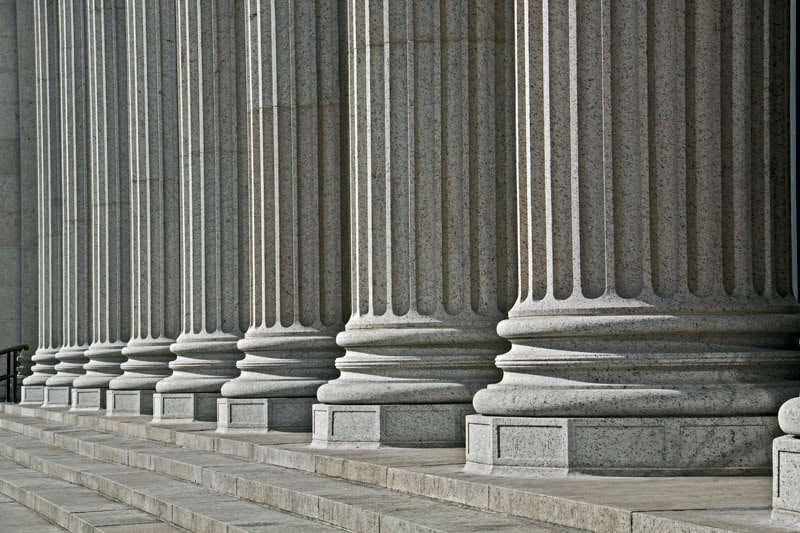A new name, broader authority, and a $250 billion lending cap signal a major shift in federal financing for energy projects.
The Name Change
Energy Secretary Chris Wright announced in October that the Department of Energy Loan Programs Office’s Energy Infrastructure Reinvestment (Section 1706) Program has been rebranded as the Energy Dominance Financing (EDF) Program, reflecting new authority granted under the One Big Beautiful Bill Act (OBBBA) signed into law on July 4, 2025. This change is more than symbolic. The EDF Program now operates under a substantially expanded mandate and lending authority.
Prior Applications to Continue Process
Secretary Wright emphasized that the administration will continue to review projects originally proposed under the prior authorization during the prior administration, remarking, “As we’re reviewing these things, of course, not all of them were nonsense.” While not a blanket endorsement, this statement signals that EDF will consider legacy applications that align with current priorities, offering developers a path forward under the new framework.
Regulatory Framework
Following the announcement, DOE issued an Interim Final Rule on October 28, amending 10 C.F.R. Part 609 to implement the Energy Dominance Financing provisions of OBBBA. The rule authorizes DOE to guarantee loans of up to $250 billion in total principal amount through September 30, 2028, replacing the Energy Infrastructure Reinvestment (EIR) program created under the Inflation Reduction Act with a broader lending authority.
The rule revisions would expand the definition of “energy infrastructure” to encompass “a facility, and associated equipment, used for enabling the identification, leasing, development, production, processing, transportation, transmission, refining, and generation needed for energy and critical minerals.” This expansion allows EDF to finance projects across the entire energy and critical minerals value chain, including transmission upgrades, generation facilities, and mineral processing.
DOE also removed the prior requirement for applicants to include an analysis of how the proposed project will engage with and affect associated communities.
The agency is accepting comments on the Interim Final Rule until December 29, 2025.
Why It Matters
With a $250 billion cap and a broadened definition of eligible infrastructure and suggestions of a streamlined process, EDF could become a cornerstone for projects spanning transmission, generation, critical minerals, and even upstream development. For developers, this means access to substantial federal credit support at a time when private capital markets are tightening for large-scale energy projects.
The removal of emissions-related eligibility criteria and community engagement requirements marks a clear policy shift from decarbonization toward energy security and reliability. While this may accelerate project timelines, sponsors will need to manage reputational and permitting risks independently.
What’s Next
Stakeholders should review the Interim Final Rule and consider submitting comments before the December 29 deadline. Developers of energy infrastructure or critical minerals-related projects should consider whether the expanded scope of activities qualifying for DOE financing might offer new financing options.




